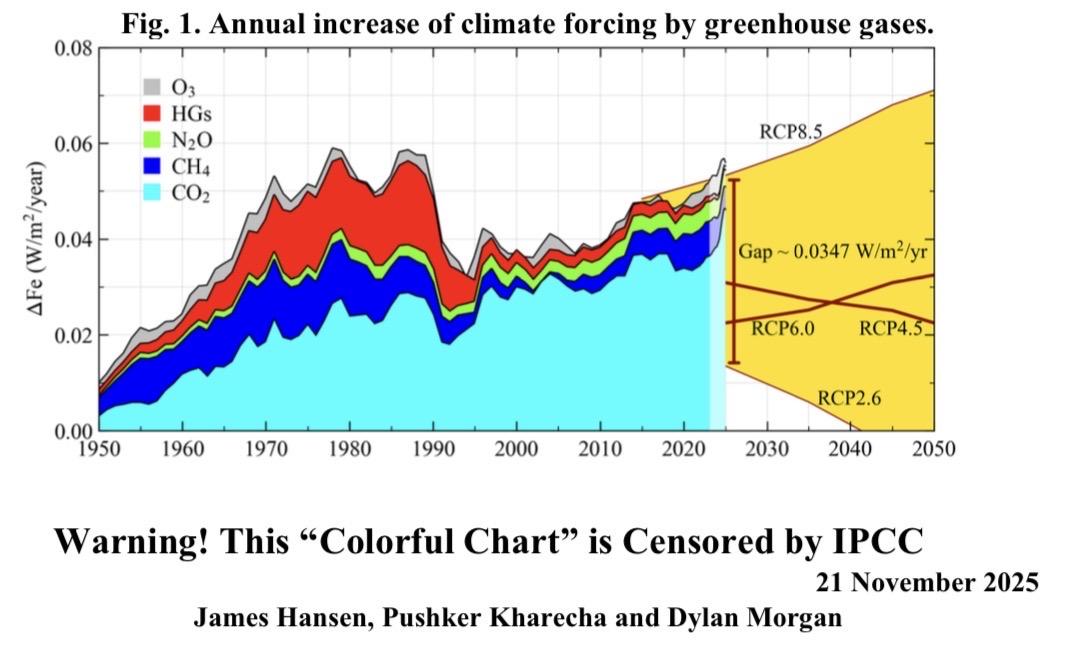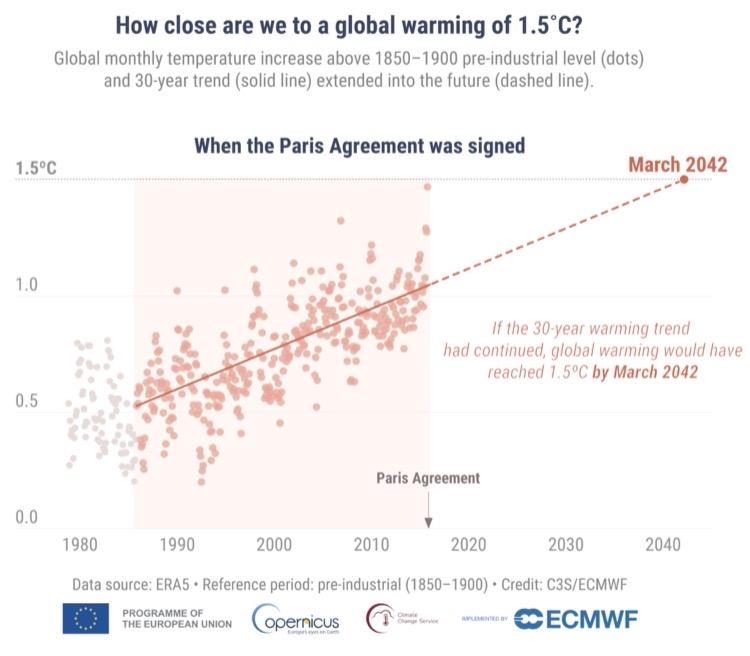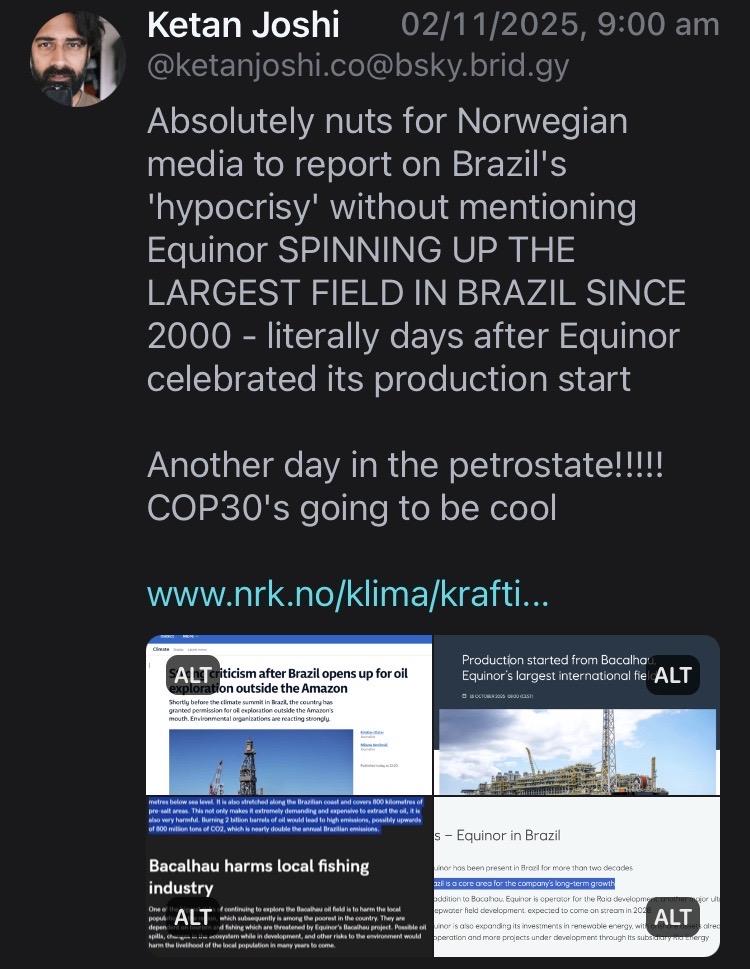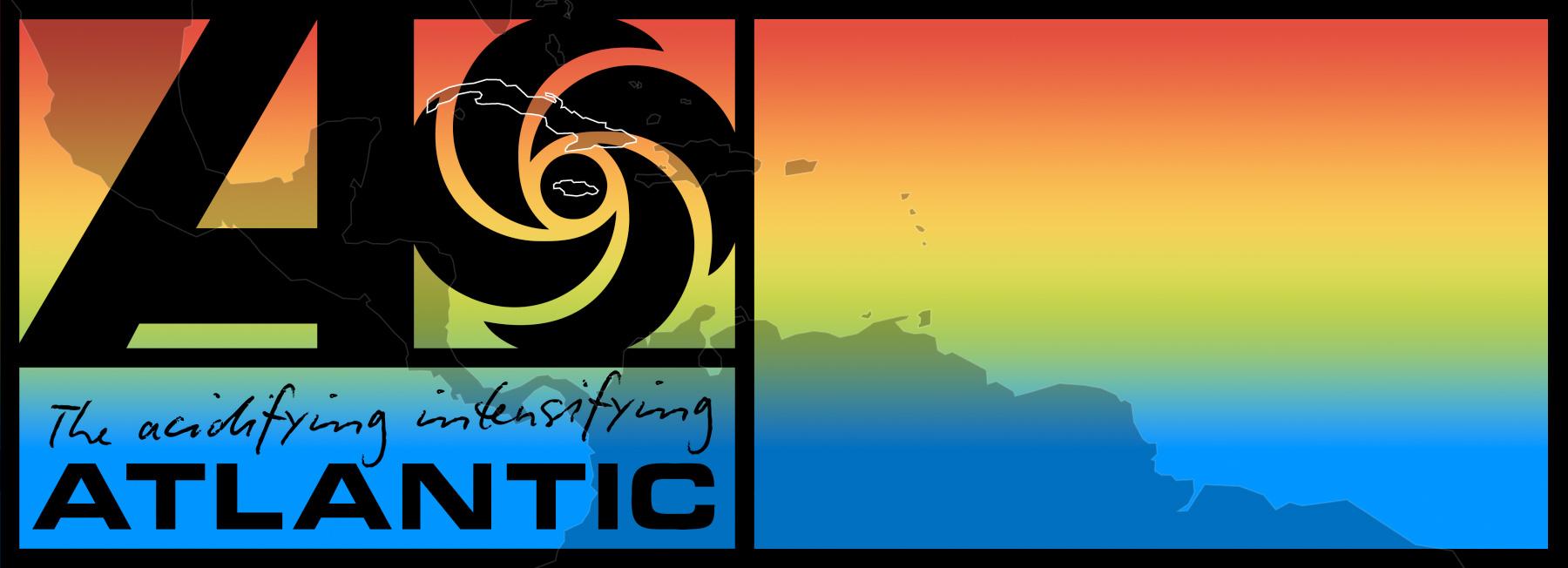One day, when building £150+ million of seafront defences against climate change, we’ll figure that…
we’re gonna have to do this *without* diesel-powered heavy machinery and countless tonnes of carbon emissions, and we’re not going to get many practice runs at figuring out how.
So let’s do that.
But sadly not in 2025, because we are not remotely serious about the challenge










